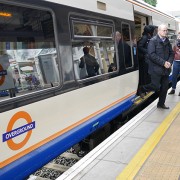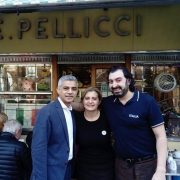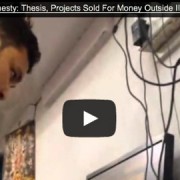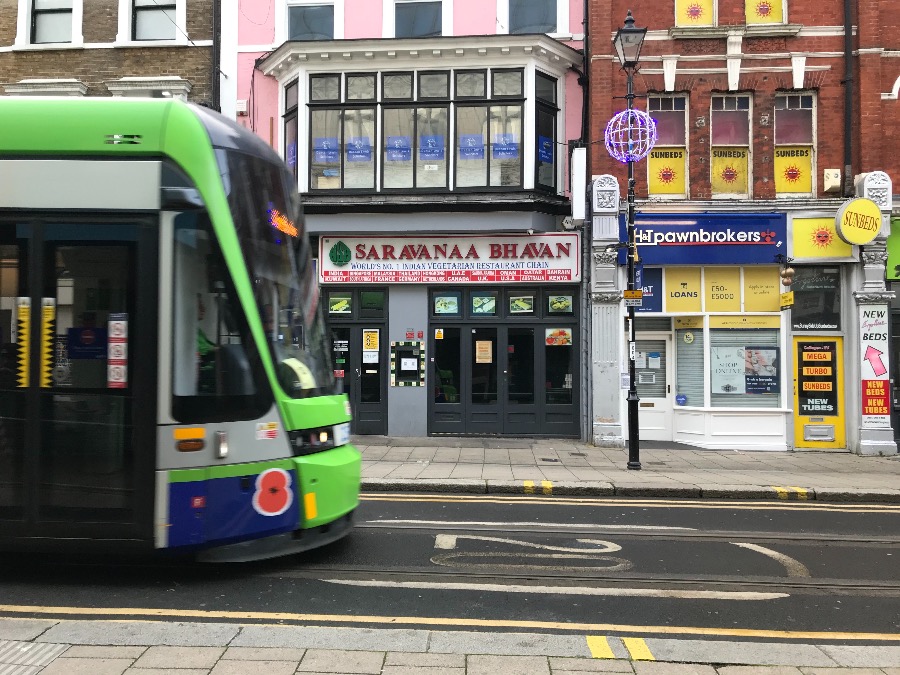
Speedy access to green spaces and “thriving town centres” are essential in a post-pandemic era, say campaigners who are hoping to turn Croydon into a ”15-minute neighbourhood.”
The lockdown earlier this year has backed pressure for more urban access to green spaces and ‘localised’ communities facilities. Matthew Carmona, professor of planning and urban design at UCL’s Bartlett School, said research conducted earlier this year showed: “Access to parks and greenery [was] the strongest predictor of satisfaction during the lockdown period.”
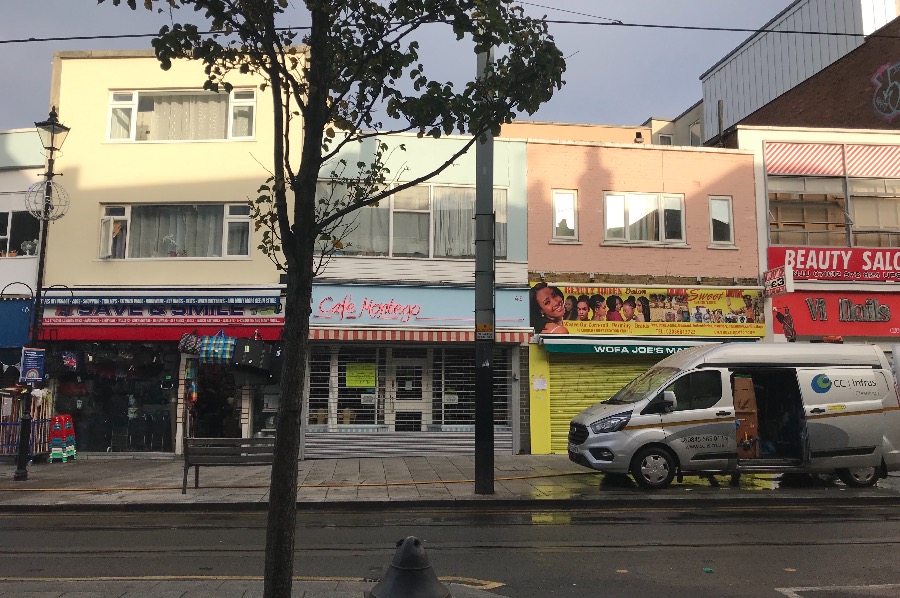
Carmona also said the research emphasised: “The presence of local facilities (shops and services) was almost as strong a predictor of satisfaction…that dropped markedly over 10 minutes.”
Ben Taylor, organising committee member of Croydon Mutual Aid Group, echoed Carmona’s sentiments. Taylor said that lockdown showed people becoming more inclined to support local businesses when they struggled to access food deliveries from bigger supermarkets, suggesting a greater need to support our smaller businesses in Croydon’s high streets.
Explainer: 15 minute neighbourhoods: The idea of giving residents all the local amenities they need within 15 or 20 minutes without a car has become a popular planning idea for several cities internationally since the first lockdown.
In Paris, this has been achieved by renovating old complexes with small public gardens at the old Minimes barracks, and increasing the amount of cycle and pedestrian-friendly squares at the Place de la Bastille, which used to be renowned for its loud noise and heavy traffic.
The approach was also brainstormed last year for Ottawa. Their aim is to build more affordable housing in the city to encourage a move away from the current urban sprawl. The city’s public transport system is also going to being expanded further out of the centre, which planners hopes will encourage more people to reduce their car usage.
Amy Foster, travel campaigner from Croydon Living Streets group who also is a member of the Love Lane Green community garden, added: “The south [of the borough] is…greener, more affluent…in the north we see our communities are sadly amongst some of the most deprived within England, and we’ve got these real intersectional inequalities around race, poverty, employment and housing…during the pandemic…we’re seeing some members of our community so much more severely affected.”
Taylor and Foster are both campaigners for the Green Recovery Plan, a proposal that was first announced in the summer. Led by local community groups and Labour councillors, including Jamie Audsley and Muhammad Ali, the aim of the plan is “to tackle the inequality in access to quality green space which has been particularly highlighted during lockdown,” according to their call to action on the Labour List website.
“It’s time to look after our environment, after our green spaces, and in turn they’ll look after us,” added Taylor.
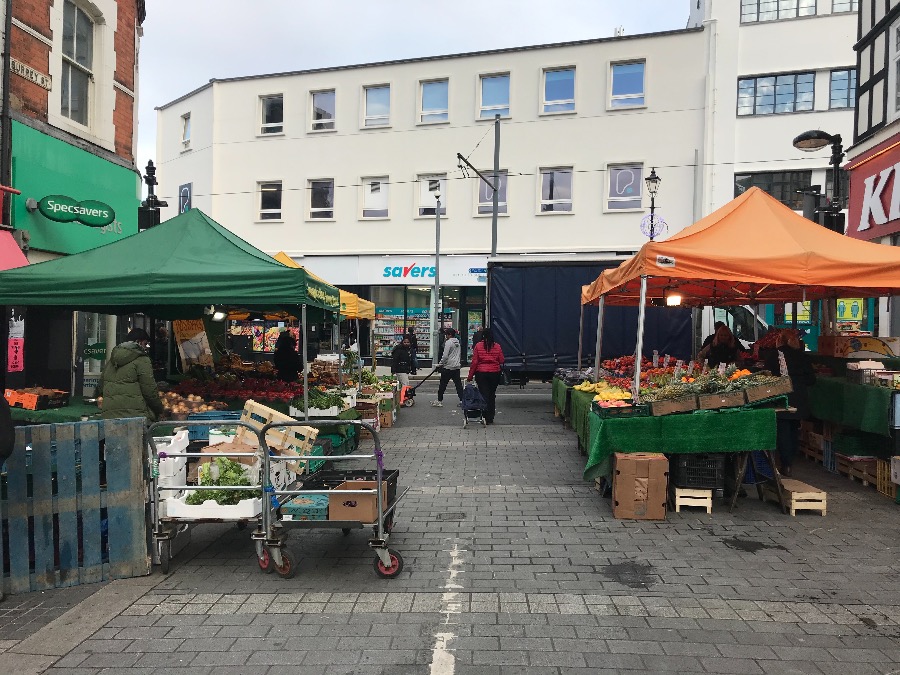
Foster told Eastlondonlines that turning Croydon into a 15-minute neighbourhood by following the Green Recovery Plan will hopefully help eradicate the unequal access to green spaces that currently exists in the borough. She added that the plan would focus on taking care of the borough’s high streets, as well as discouraging the use of cars.
In order to make the idea work she said: “We have to make walking and cycling more attractive than driving…infrastructure prioritises driving at the moment…this needs to change.”


